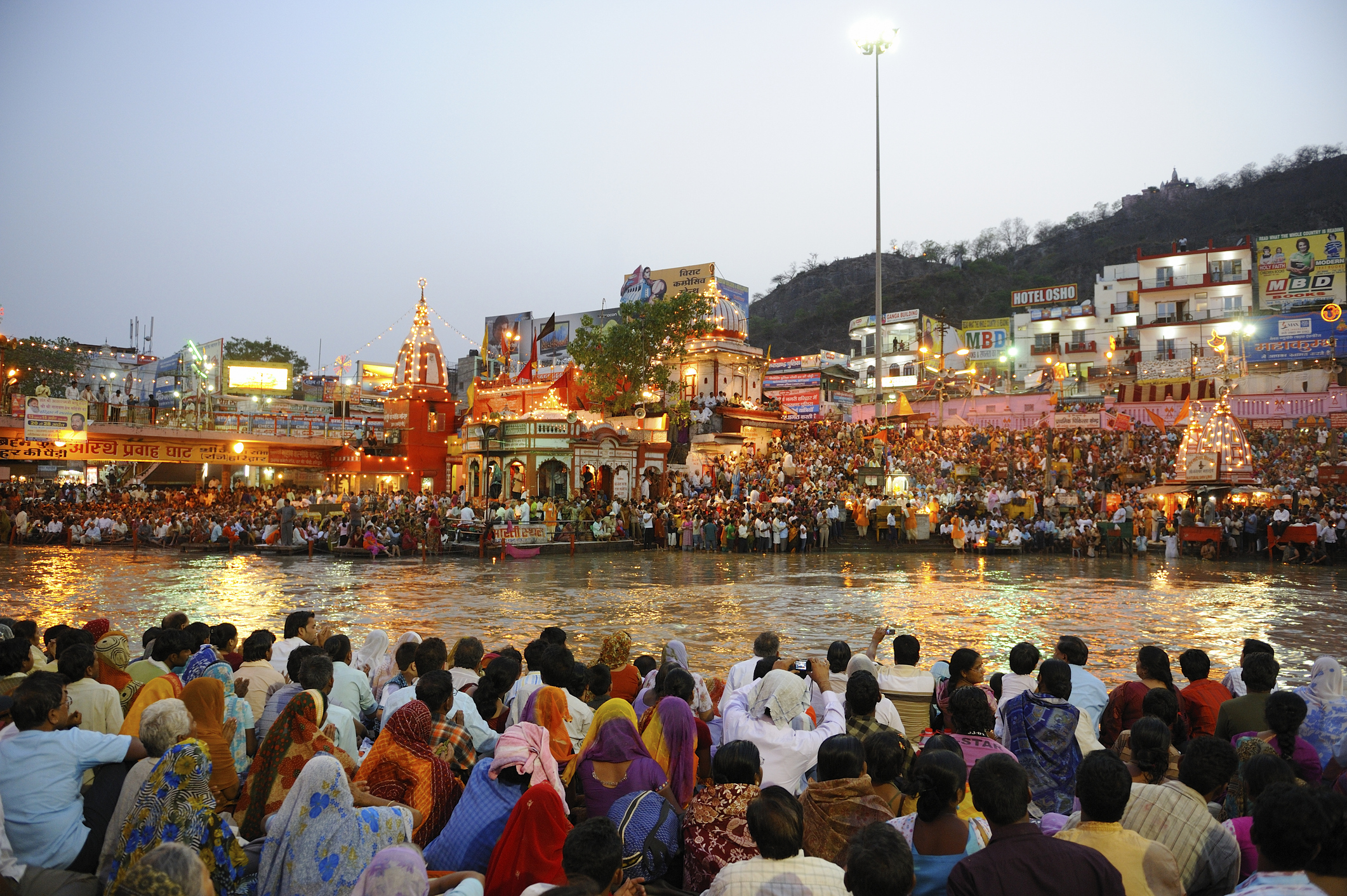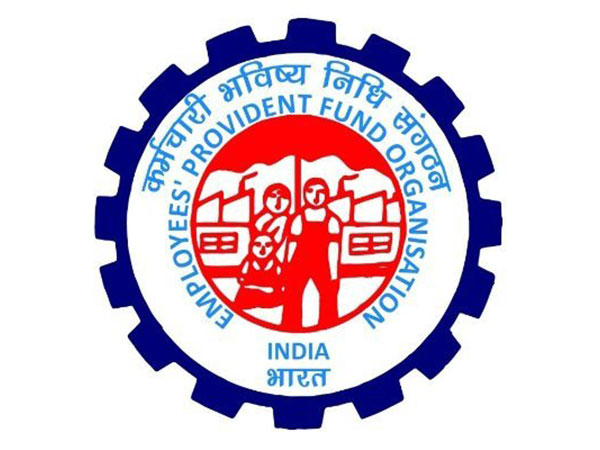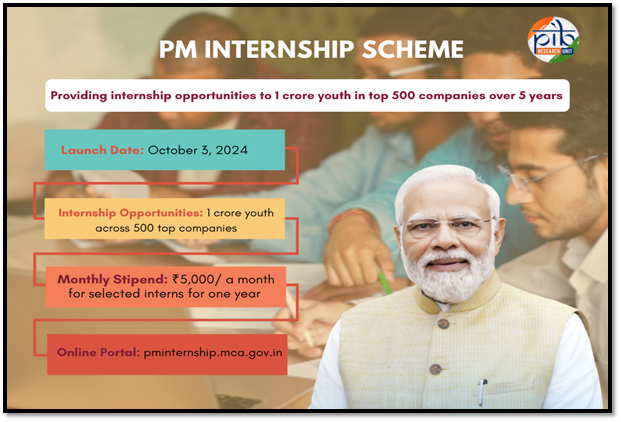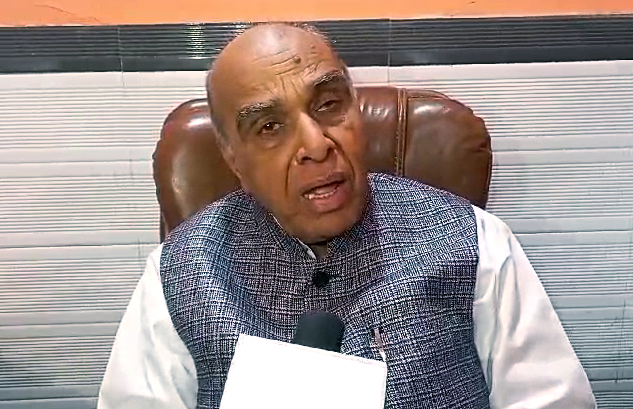In a move to embed India’s rich heritage into its development trajectory and elevate the cultural sector as a key driver of the Viksit Bharat (Developed India) vision, the government has introduced a five-pillar strategy.
In a written reply to the Rajya Sabha, Union Minister for Culture and Tourism Gajendra Singh Shekhawat detailed the Ministry of Culture’s roadmap to transform India into a globally respected cultural powerhouse.
The five strategic pillars aim to integrate the country’s artistic and cultural legacy into its economic and social transformation:
- Preservation of 10,000+ Years of Heritage:
The Ministry is committed to safeguarding historical sites, indigenous arts, and traditional practices to ensure the continuity of India’s cultural roots for future generations.
- Democratizing Access and Participation:
The initiative focuses on making cultural experiences inclusive and participatory, encouraging citizens from all backgrounds to actively engage in and contribute to India’s cultural narrative.
- Leveraging Technology in Arts and Culture:
By embracing digital innovation—such as virtual exhibitions and immersive experiences—the Ministry seeks to expand the reach of Indian heritage while enhancing preservation methods and modern forms of artistic expression.
- Promoting the Cultural and Creative Economy:
Cultural industries including performing arts, crafts, fashion, and culinary heritage will be nurtured as engines of economic growth, job creation, and soft power projection.
- Positioning Bharat as a Global Cultural Power (Vishwabandhu):
Culture will be used as a diplomatic tool to strengthen global partnerships and elevate India’s standing in international cultural discourse.
The initiative is reinforced by a structured activity roadmap, responsibility matrix, and actionable targets, ensuring focused implementation across departments. A major component of this approach includes the creation of a digital repository to document and promote both tangible and intangible cultural assets.
Furthering this vision, the Ministry has also announced the establishment of 20 Kalagrams across the country, inspired by the success of the Kalagram at Prayagraj during the Mahakumbh Mela 2025. These vibrant cultural spaces are intended to foster creative exchange, support traditional artisans, and serve as dynamic hubs for India’s growing cultural economy.




















